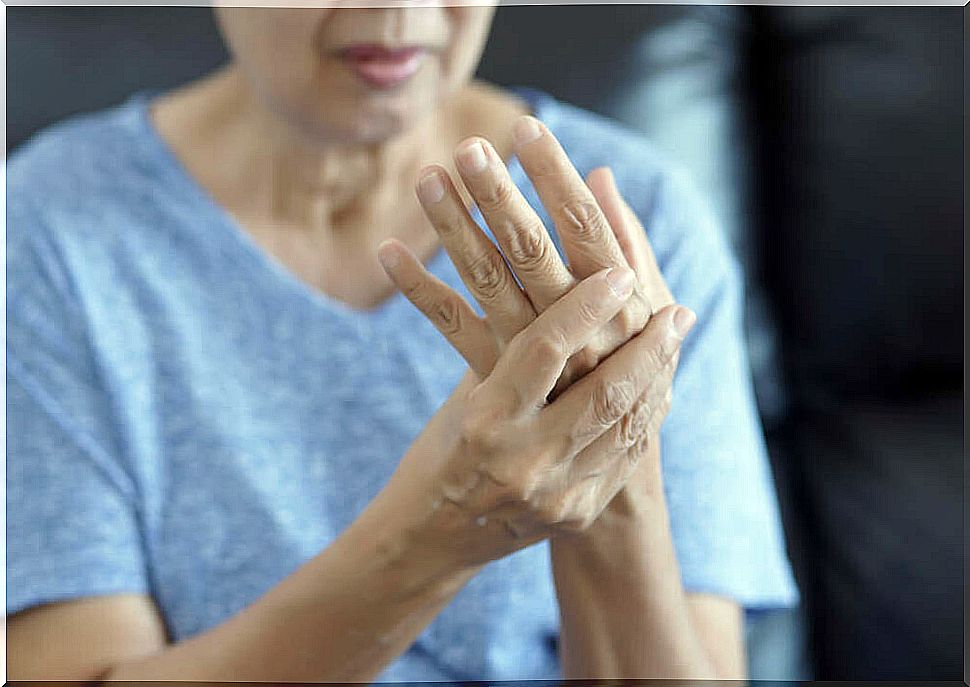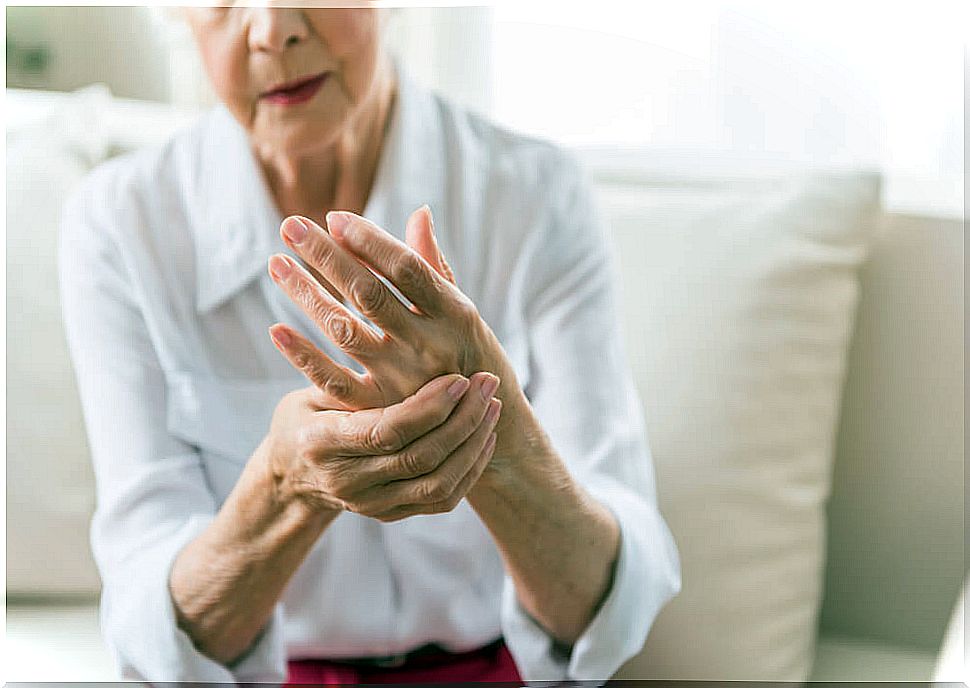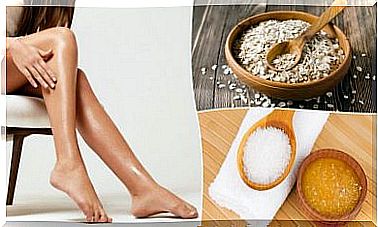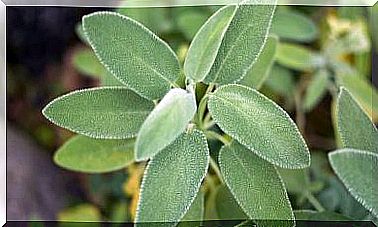How To Prevent And Treat Rhizarthrosis?
Rhizarthrosis, also known as thumb osteoarthritis or trapeziometarcapal osteoarthritis , is a condition that develops due to wear and tear on the joint at the base of the thumb.
It is one of the most disabling types of osteoarthritis, since it affects the movement of the thumb and triggers intense pain. In fact, due to the wear suffered by the cartilage in the area, over time the grip strength decreases and the gripper function alters.
Let’s see more about this condition below to understand how it can affect the quality of life and what measures should be taken to prevent it from worsening and making everyday life more difficult.
Causes of rhizarthrosis

In most cases, rhizarthrosis is the result of wear and tear on the thumb joint due to aging. However, it can also develop from trauma and inflammatory diseases.
In its normal state, the thumb joint is covered at its ends by cartilage that serves as a pad for the bones to slide smoothly against each other. When this disease develops, the cartilage deteriorates and the surface becomes rough.
This leads to rubbing of the bones, which triggers friction and damage to the joint. It also raises the levels of inflammation and produces pain that can get worse over time.
Risk factor’s
Related risk factors are as follows:
- Sedentary lifestyle.
- Smoking
- Be female.
- Be over 40 years old.
- Family background.
- Being overweight or obese.
- Suffering from rheumatoid arthritis or carpal tunnel syndrome.
- Having injuries to the thumb joint, such as fractures or sprains.
- Doing activities or sports that stress the thumb joint.
Diagnosis of rhizarthrosis

The characteristic symptom of rhizarthrosis is pain that can increase by grasping an object by clamping or squeezing it. However, this discomfort can be accompanied by other clinical manifestations. The most common are:
- Swelling, tenderness, and stiffness at the base of the thumb.
- Muscle weakness when pinching or grasping objects.
- Reduced range of motion.
- Bony appearance of the thumb joint.
To detect this disease, the medical professional performs a physical examination of the patient and reviews his medical and family history. If there are sufficient reasons to consider joint wear, you can confirm the problem with imaging tests such as X-rays.
Treatment of rhizarthrosis
Treatment of this disease usually includes the use of long-acting anti-inflammatory drugs or corticosteroids. In some cases, it may be necessary to infiltrate with a different type of medication.

In the early stages of the disease, symptoms can be combated with a combination of non-surgical treatments. However, if the problem is severe, your healthcare provider may suggest surgery.
Non-surgical treatment includes:
- Use of splints and orthoses (to keep at rest and reduce pain in the area).
- Exercises and physical therapy (to prevent the hand from stiffening and losing mobility).
- Support tools (rubber balls –similar to anti-stress balls–, etc.).
According to several studies, exercise is a great support for patients, but its practice should always be structured in a personalized way in consultation.
To improve joint mobility and reduce the severity of pain, it is advisable to apply a series of daily cares, which the doctor will indicate to help the patient to ensure their health and well-being. Within these cares, in some cases the professional may admit some natural remedies, if he considers that they can provide concrete benefits.
Although there are various remedies for osteoarthritis, the ideal is to avoid resorting to them without first consulting with the professional, to avoid interactions with medications and even with diet foods.








